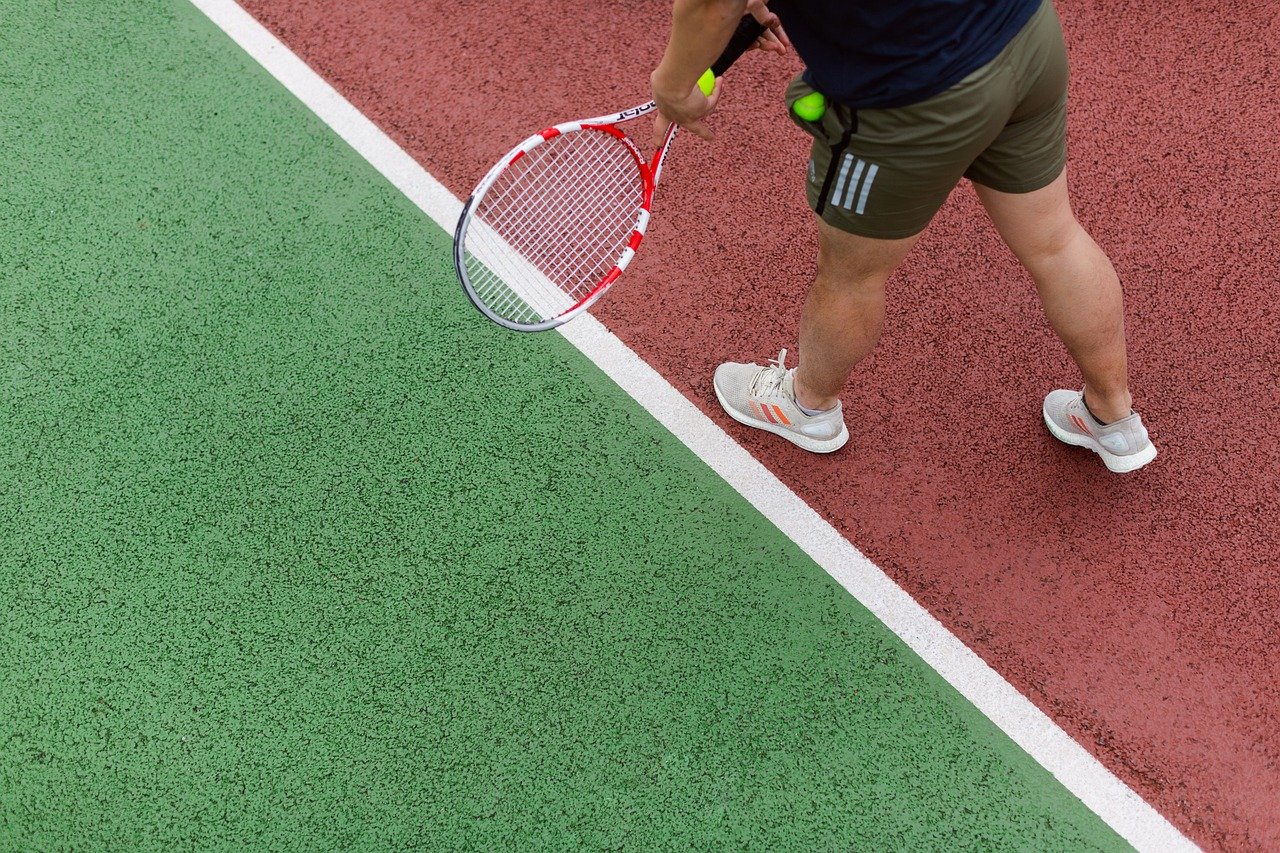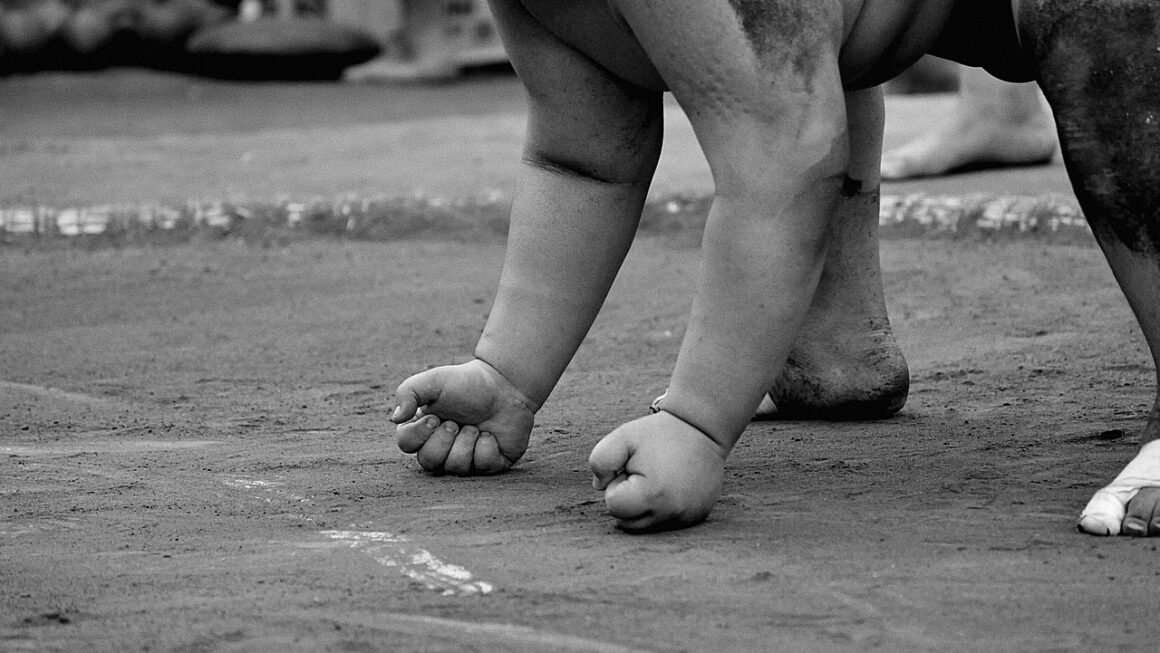Taekwondo, a dynamic and powerful Korean martial art, is more than just kicking and punching. It’s a journey of self-improvement, discipline, and physical fitness. Whether you’re considering taking your first class or simply curious about this globally recognized sport, this guide provides a comprehensive overview of everything you need to know about taekwondo.
What is Taekwondo?
The Meaning and History
Taekwondo, translated as “the way of the foot and the fist,” is a martial art that emphasizes kicking techniques, but also includes punches, blocks, and strikes. It originated in Korea and has a rich history rooted in ancient Korean martial arts. Officially recognized as an Olympic sport in 2000, taekwondo has become a symbol of Korean culture and athleticism worldwide.
Key historical points:
- Taekwondo’s roots trace back to ancient Korean martial arts like Taekkyeon and Subak.
- It was formally unified in the 1950s following the Korean War.
- The World Taekwondo Federation (WTF), now World Taekwondo, was established in 1973, shaping the modern sport.
- Taekwondo’s inclusion in the 2000 Sydney Olympics marked a significant milestone for the sport’s global recognition.
Taekwondo vs. Other Martial Arts
While many martial arts share similarities, taekwondo distinguishes itself through its emphasis on kicking. Compared to karate, which focuses on punches and hand techniques, taekwondo prioritizes powerful and acrobatic kicks. In contrast to judo, which is primarily a grappling art, taekwondo is a striking art. Here’s a quick comparison:
- Taekwondo: Primarily striking with a strong emphasis on kicking, fast and dynamic movements.
- Karate: Striking art, but more balanced between punches and kicks, often more linear movements.
- Judo: Grappling art, focusing on throws and submissions.
- Muay Thai: Striking art, utilizing punches, kicks, knees, and elbows; known as “the art of eight limbs.”
Benefits of Practicing Taekwondo
Physical Health Benefits
Taekwondo offers a plethora of physical benefits, making it an excellent choice for improving overall fitness. Regular training can lead to:
- Improved Cardiovascular Health: The constant movement and aerobic nature of taekwondo training boost heart health.
- Increased Strength and Endurance: Kicking, punching, and blocking techniques build strength and stamina.
- Enhanced Flexibility and Balance: Stretching and dynamic movements improve flexibility, while stance work and kicking develop balance.
- Weight Management: Taekwondo is a high-intensity workout that can help burn calories and manage weight.
For example, a typical taekwondo class involves warm-up exercises like jogging and stretching, followed by practicing forms (Poomsae), sparring (Kyorugi), and breaking boards (Kyokpa). This holistic approach contributes to overall physical well-being.
Mental and Emotional Benefits
Beyond the physical aspects, taekwondo cultivates mental and emotional well-being. Here’s how:
- Improved Focus and Concentration: Learning complex techniques and forms requires intense concentration, improving mental focus.
- Increased Self-Discipline: Taekwondo instills discipline and self-control through rigorous training and adherence to martial arts principles.
- Boosted Self-Esteem: Achieving new ranks and mastering challenging techniques builds confidence and self-esteem.
- Stress Relief: The physical exertion and mental focus involved in taekwondo can help relieve stress and anxiety.
Many practitioners find that the discipline learned in taekwondo translates to other areas of their lives, improving their performance at school, work, and in personal relationships.
Understanding Taekwondo Ranks and Belts
The Belt System
Taekwondo utilizes a belt system to signify a student’s progression and skill level. While specific ranking systems might vary slightly between different taekwondo organizations, the general structure remains consistent.
- White Belt: Beginner level, symbolizing purity and a fresh start.
- Yellow Belt: Represents the earth from which a plant sprouts, signifying the beginning of growth.
- Green Belt: Signifies the plant’s growth.
- Blue Belt: Represents the sky, symbolizing the plant reaching for the sky.
- Red Belt: Indicates danger, cautioning the student to control their power.
- Black Belt: Signifies maturity and proficiency in taekwondo; however, it also marks the beginning of a new level of learning. Black Belts are further ranked from 1st Dan to 9th Dan, representing increasing levels of mastery.
Earning Your Next Belt
Advancing through the ranks requires demonstrating proficiency in various aspects of taekwondo, including:
- Forms (Poomsae): Performing a series of pre-arranged movements with precision and power.
- Sparring (Kyorugi): Demonstrating fighting techniques in a controlled environment.
- Breaking (Kyokpa): Breaking boards with different techniques to showcase power and accuracy.
- Knowledge of Taekwondo Principles and History: Understanding the philosophical and historical aspects of the martial art.
Promotion tests are typically held every few months, providing students with opportunities to showcase their progress. A successful test demonstrates dedication, skill, and a thorough understanding of taekwondo principles.
Essential Taekwondo Techniques
Basic Stances and Movements
Proper stances are fundamental to taekwondo, providing stability and power. Some common stances include:
- Attention Stance (Charyot Seogi): A formal stance used for greetings and starting positions.
- Ready Stance (Junbi Seogi): A balanced stance used to prepare for techniques.
- Walking Stance (Ap Seogi): A forward stance used for moving forward and backward.
- Front Stance (Ap Kubi): A longer forward stance used for delivering powerful kicks and punches.
- Horse Stance (Kima Seogi): A wide stance used for developing leg strength and balance.
Mastering these stances is crucial for generating power and maintaining balance during techniques.
Kicking Techniques
Taekwondo is renowned for its diverse and powerful kicking techniques. Some essential kicks include:
- Front Kick (Ap Chagi): A basic straight kick used for offense and defense.
- Roundhouse Kick (Dollyo Chagi): A circular kick used for targeting the opponent’s torso or head.
- Side Kick (Yeop Chagi): A powerful linear kick used for striking with the side of the foot.
- Back Kick (Dwi Chagi): A powerful kick delivered backward, often used for counter-attacks.
- Axe Kick (Naeryeo Chagi): A downward kick used for striking the opponent’s head or shoulders.
These kicks require flexibility, balance, and precise technique to execute effectively.
Punching and Blocking Techniques
While taekwondo emphasizes kicking, punching and blocking techniques are also integral to the art. Common punches include:
- Straight Punch (Baro Jireugi): A basic punch used for offense.
- Reverse Punch (Bandae Jireugi): A punch delivered with the opposite hand as the leading foot.
Effective blocks are crucial for defense. Some common blocks include:
- Low Block (Arae Makki): Used for blocking low attacks.
- Middle Block (Momtong Makki): Used for blocking attacks to the torso.
- High Block (Eolgul Makki): Used for blocking attacks to the head.
Getting Started with Taekwondo
Finding a Reputable School
Choosing the right taekwondo school is crucial for a positive and effective learning experience. Consider these factors:
- Instructor Qualifications: Look for certified instructors with extensive experience and a proven track record.
- School Atmosphere: Visit the school and observe a class to assess the teaching style and student interaction.
- Curriculum and Training Methods: Ensure the curriculum covers a comprehensive range of techniques, including forms, sparring, and self-defense.
- Affiliations: Check if the school is affiliated with a recognized taekwondo organization like World Taekwondo (WT).
A good school will prioritize safety, provide structured instruction, and foster a supportive learning environment.
What to Expect in Your First Class
Your first taekwondo class will typically involve:
- Introduction and Warm-up: Getting acquainted with the instructor and other students, followed by light cardio and stretching exercises.
- Basic Stances and Movements: Learning fundamental stances and movements.
- Basic Techniques: Practicing simple kicks, punches, and blocks.
- Cool-down and Stretching: Relaxing and stretching muscles to prevent injury.
Don’t be intimidated if you’re a beginner. Focus on learning the basics, listening to your instructor, and enjoying the process.
Essential Gear and Equipment
Initially, you may only need comfortable athletic clothing. As you progress, you will need:
- Dobok (Taekwondo Uniform): A traditional uniform consisting of a jacket and pants.
- Belt: Signifies your rank and progress.
- Sparring Gear: Includes a chest protector, headgear, mouthguard, shin guards, and forearm guards for sparring safely.
Consult with your instructor about specific equipment recommendations for your level and training needs.
Conclusion
Taekwondo is a multifaceted martial art that offers a wealth of physical, mental, and emotional benefits. Whether you’re seeking to improve your fitness, learn self-defense, or cultivate discipline and focus, taekwondo provides a rewarding and transformative journey. With its rich history, diverse techniques, and emphasis on personal growth, taekwondo has something to offer everyone. Take the first step, find a reputable school, and embark on your own taekwondo adventure!



